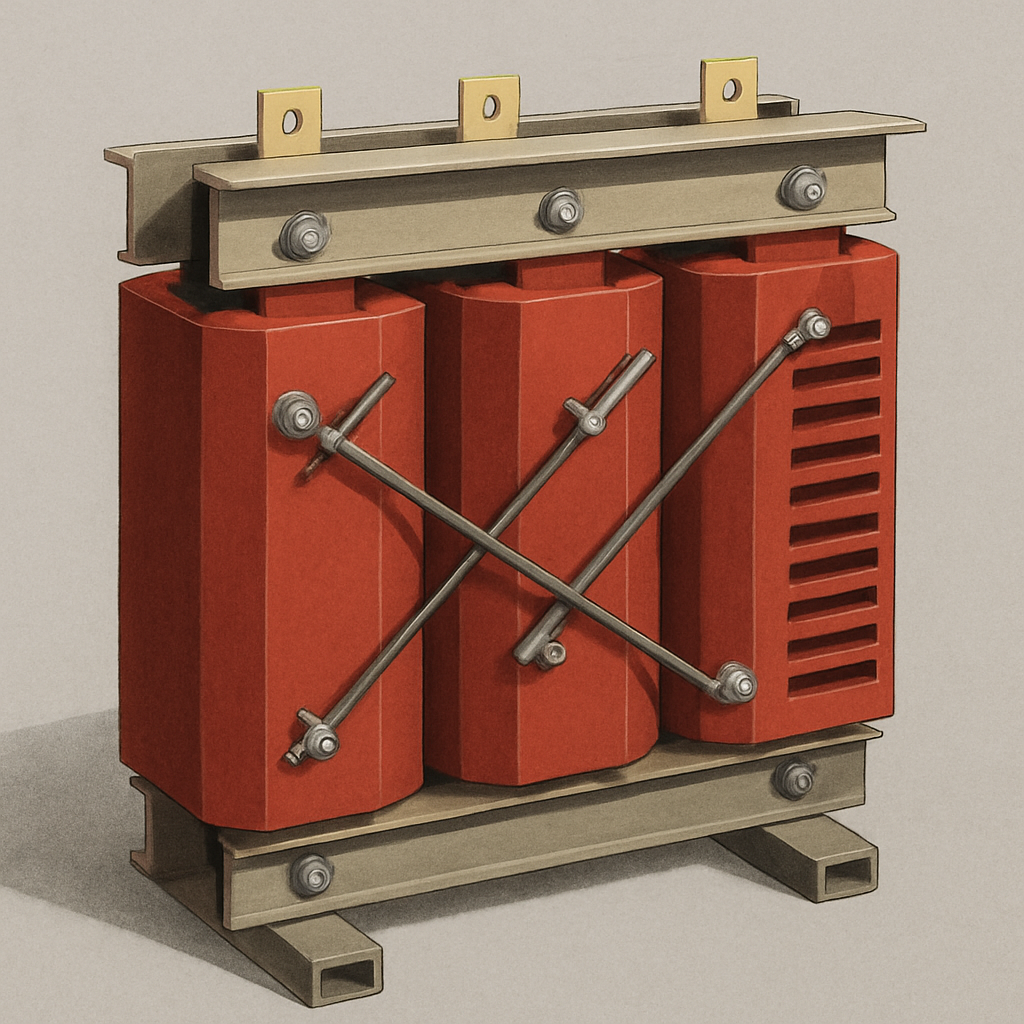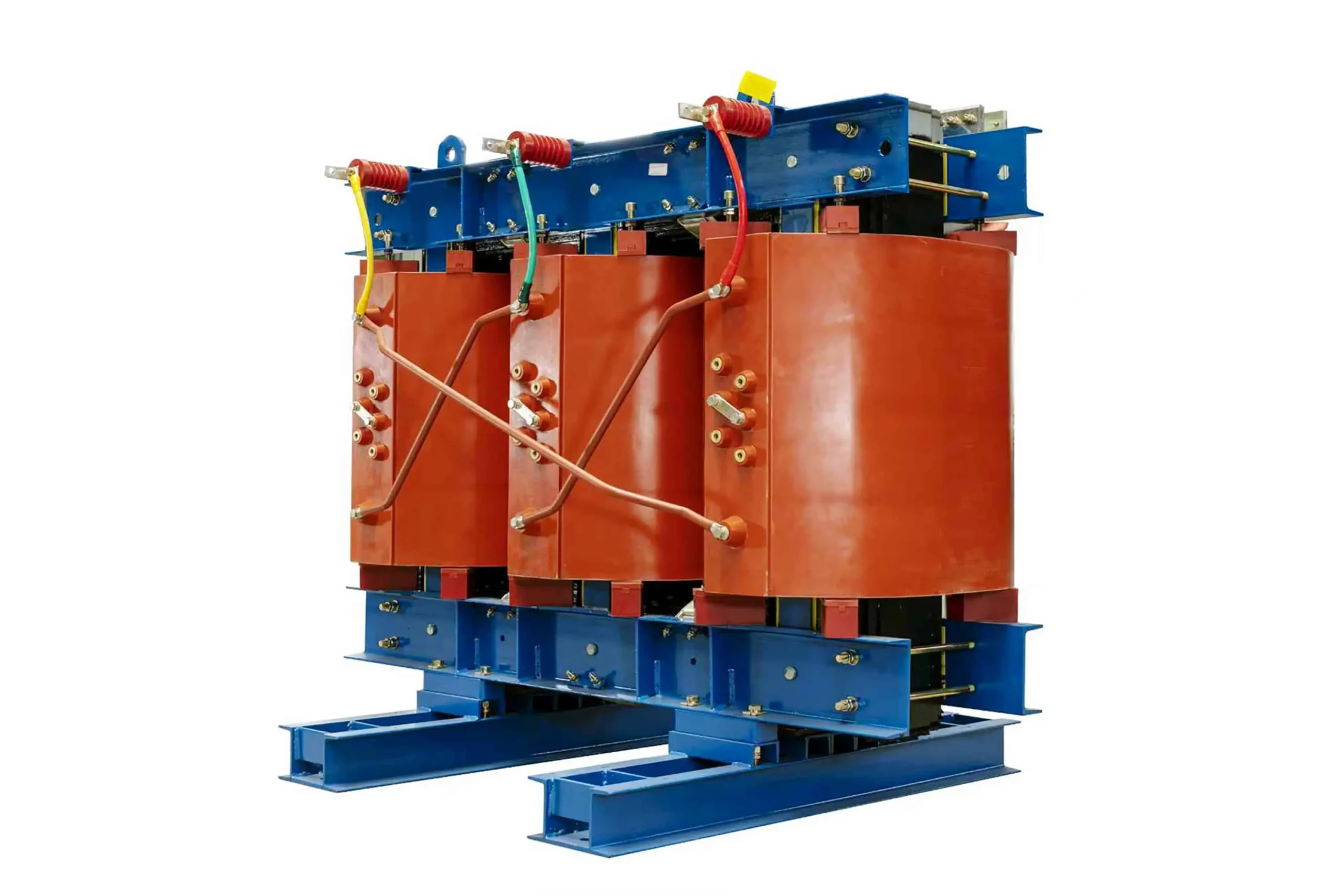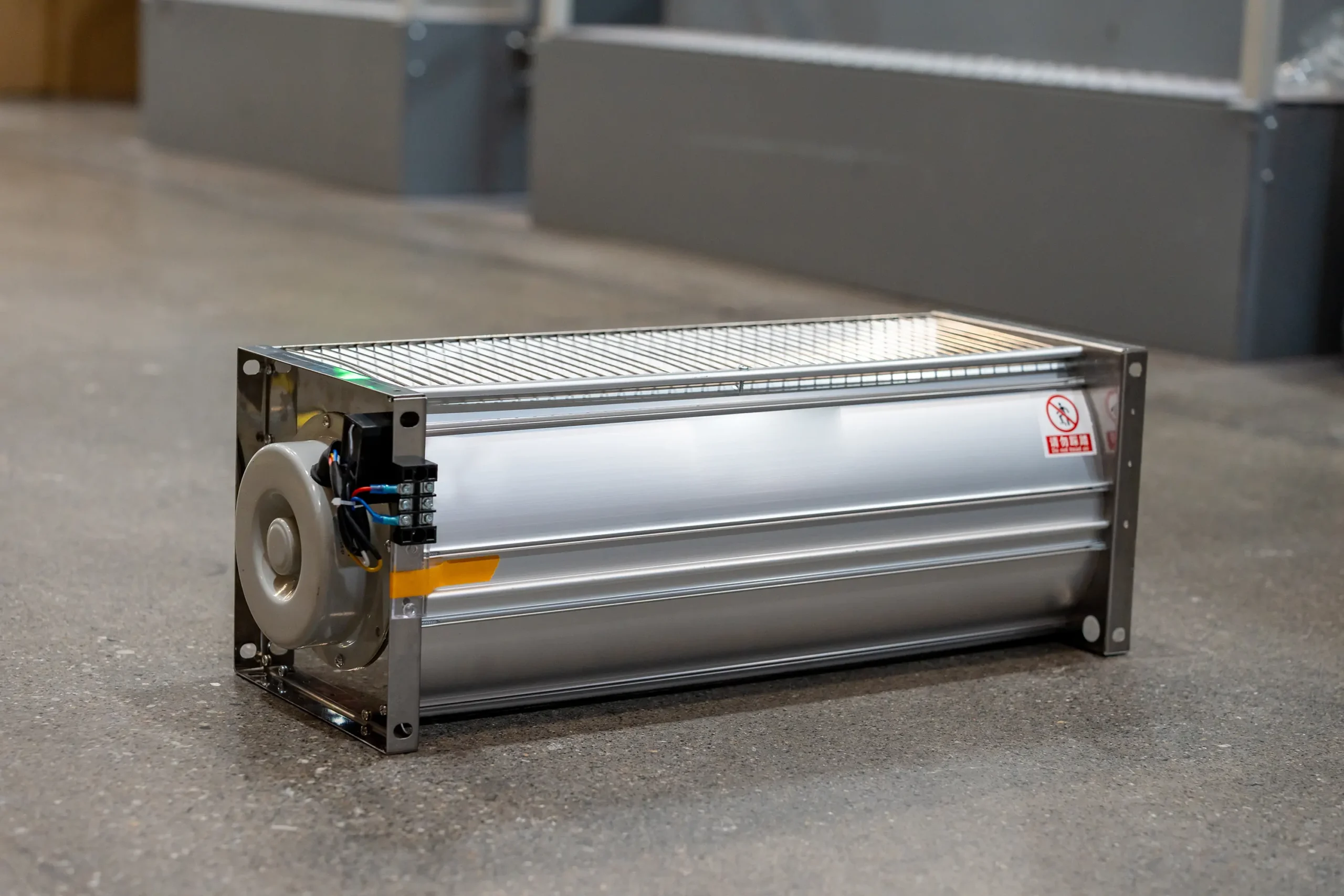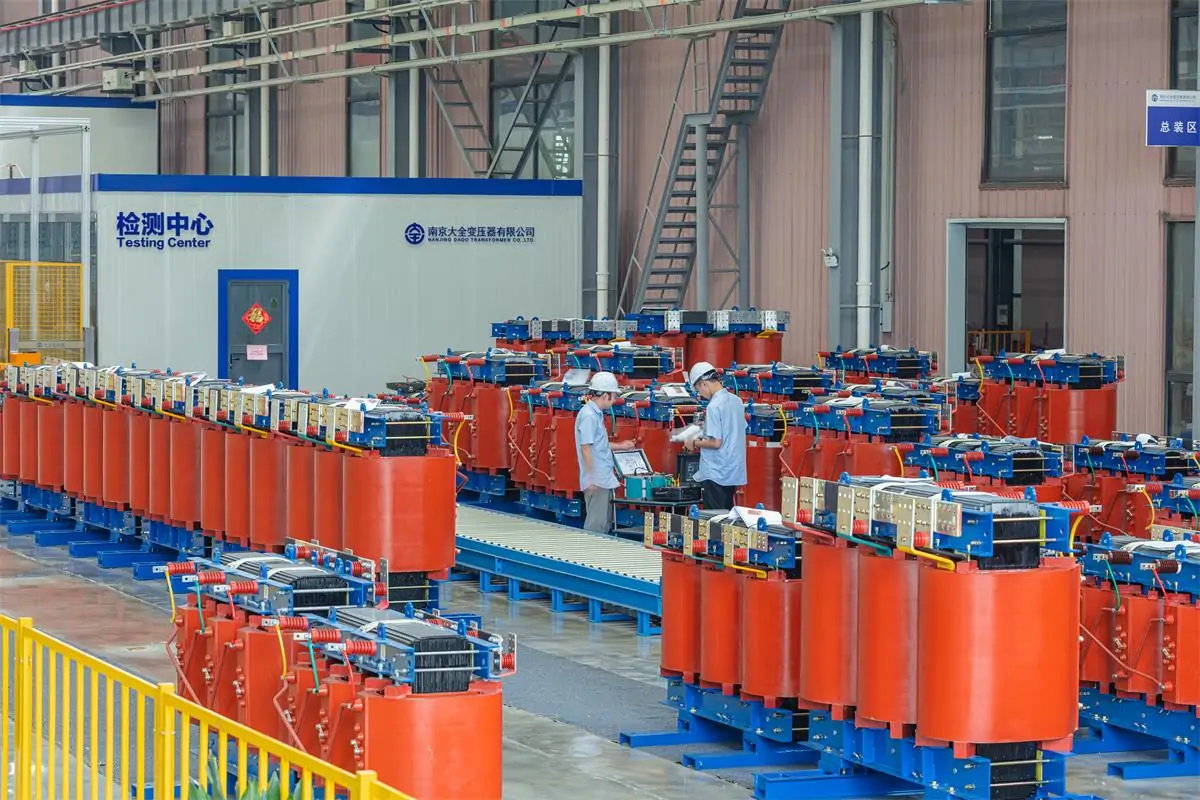In the realm of electrical engineering, ensuring the safety and efficiency of power distribution systems is paramount. One critical component that plays a significant role in this is the disconnect means for dry-type transformers. These transformers, known for their reliability and efficiency, require proper disconnect mechanisms to ensure safe operation, maintenance, and protection. In this article, we will explore the importance of disconnect means for dry-type transformers, the types of disconnect switches available, and the National Electrical Code (NEC) requirements that guide their installation.
Dry-type transformers are widely used in various settings due to their safety, efficiency, and environmental benefits. Unlike their oil-filled counterparts, dry-type transformers do not use liquid insulation, making them less prone to fires and leaks. Instead, they rely on air as a cooling medium, which is both safe and eco-friendly. These transformers are typically used in indoor applications, such as commercial buildings, industrial facilities, and schools.
Importance of Disconnect Means
Safety and Maintenance
The primary purpose of a disconnect means is to provide a safe way to isolate the transformer from the power source. This is crucial for maintenance and repair work, as it ensures that technicians can work on the transformer without the risk of electric shock. By disconnecting the transformer, maintenance personnel can confidently perform inspections, cleaning, and repairs, thus prolonging the life of the transformer and maintaining its efficiency.
Circuit Protection
Disconnect means also playing a vital role in protecting the electrical circuit. In the event of a fault or overload, the disconnect switch can quickly isolate the transformer, preventing damage to the system and reducing the risk of electrical fires. This circuit protection is essential for maintaining the integrity of the power distribution system and ensuring the safety of the surrounding environment.
Types of Disconnect Switches
Various types of disconnect switches are used in conjunction with dry-type transformers, each offering unique advantages depending on the application. Here are some common types:
Safety Switch
A safety switch is designed to quickly and safely disconnect electrical power. It is typically used in industrial and commercial settings where the rapid disconnection of power is necessary for safety reasons. Safety switches are user-friendly and can be operated manually, allowing for immediate action in emergencies.
Electrical Isolation Switch
An electrical isolation switch serves to separate the transformer from the power supply, providing a clear break in the circuit. This type of switch is essential for maintenance activities, as it ensures that the transformer is completely isolated from the electrical source, eliminating any potential hazards.
Disconnect Switch
A disconnect switch, often used interchangeably with the terms above, is a mechanical device that breaks the electrical circuit. These switches are available in various configurations, including fused and non-fused options. Fused disconnect switches provide additional protection by integrating a fuse that blows in the event of an overload, cutting off the power supply, and preventing damage.
NEC Requirements for Disconnect Means
The National Electrical Code (NEC) outlines specific requirements for the installation and use of disconnect means for dry-type transformers. Compliance with these regulations is crucial to ensure the safety and reliability of the electrical system.
Transformer Disconnect Location
According to the NEC, disconnect means must be installed within sight of the transformer or have a lockable disconnecting means located elsewhere. This ensures that the transformer can be easily and safely isolated when necessary.
Labeling and Identification
Disconnect switches must be clearly labeled to indicate their purpose and the equipment they serve. Proper labeling helps prevent confusion and ensures that the correct switch is operated during maintenance or emergencies.
Accessibility
The NEC requires that disconnect means be readily accessible to authorized personnel. This accessibility ensures that the switches can be quickly operated in the event of an emergency, minimizing the risk of accidents and equipment damage.
Installation Considerations
When installing disconnect means for dry-type transformers, several factors must be considered to ensure a safe and efficient setup.
Proper Sizing
The disconnect switch must be appropriately sized to handle the transformer’s load and voltage. An undersized switch may fail to provide adequate protection, while an oversized switch can be unnecessarily costly.
Environmental Conditions
The installation environment plays a crucial role in determining the type of disconnect switch used. For instance, in wet or corrosive environments, a switch with appropriate sealing and protective enclosures should be selected to prevent damage and ensure longevity.
Routine Maintenance
Regular maintenance of disconnect switches is essential to ensure their proper functioning. Inspections should be conducted to check for signs of wear, corrosion, or damage, and any issues should be addressed promptly to maintain system integrity.
Conclusion
In conclusion, disconnect means are a critical component of dry-type transformers, offering essential safety and protection features. By understanding the types of disconnect switches available, adhering to NEC requirements, and considering key installation factors, you can ensure the safe and efficient operation of your power distribution system. Whether you are an engineer, electrician, or facility manager, prioritizing the proper use and maintenance of disconnect means will contribute to the overall safety and reliability of your electrical infrastructure.






